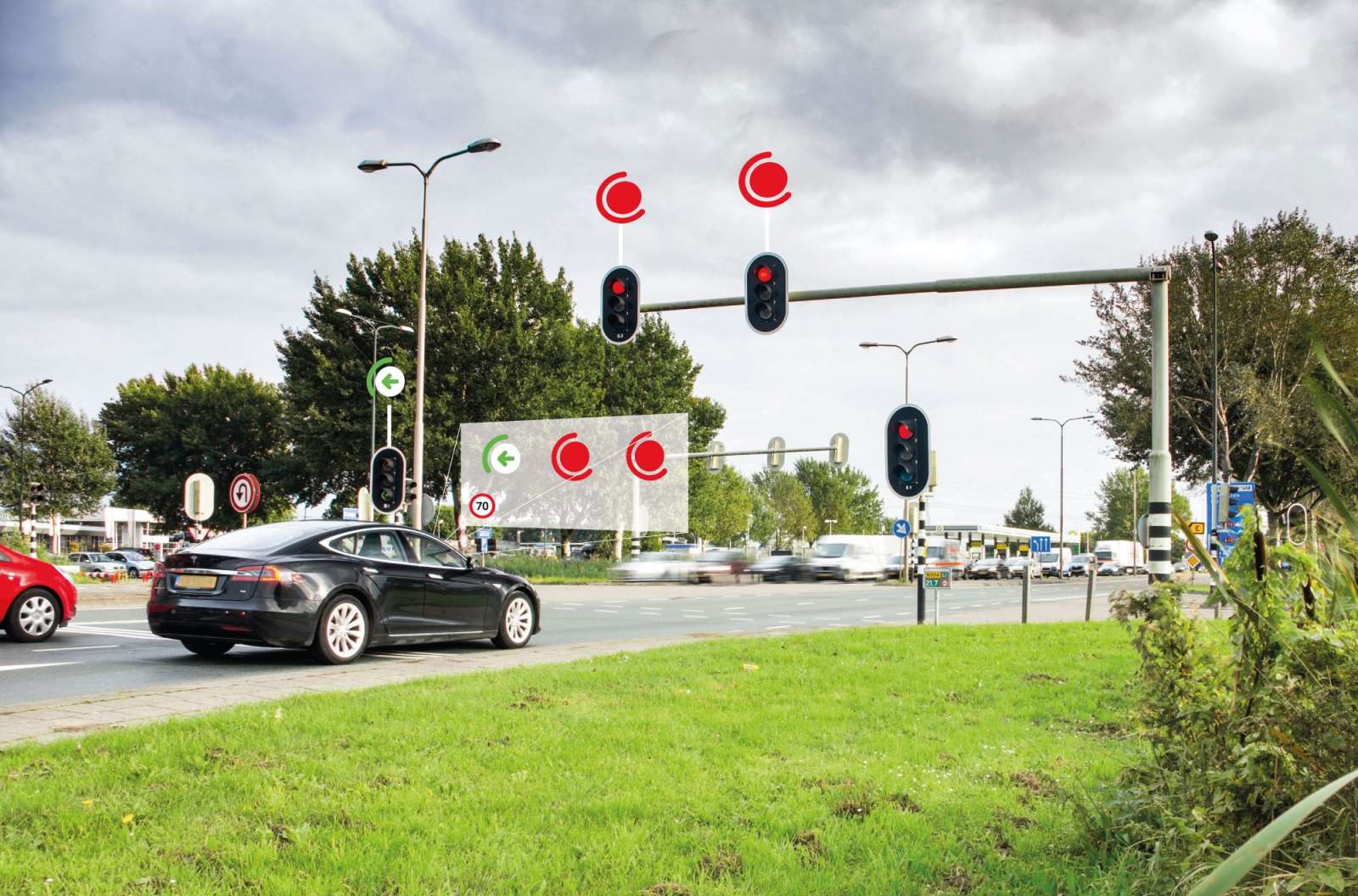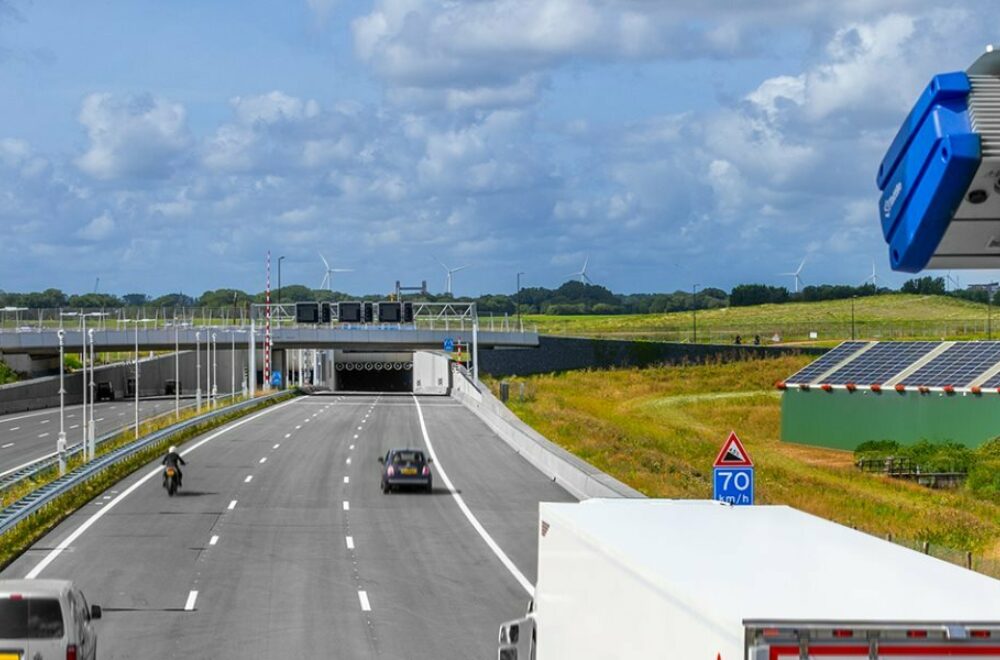
21 september 2021
Be-Mobile specializes in smart solutions around sustainable mobility, which are aimed at helping travelers reach their destination as safely and comfortably as possible while at the same time making traffic in general more sustainable.
What are these smart solutions that are intended to help us make our traffic smoother and more sustainable? Jan Cools, CEO of Be-Mobile, explains.
Fifteen years ago, in 2006, I founded Be-Mobile mainly out of the frustration of being all too often caught in traffic jams. Whenever I got stuck on the road to Brussels or Antwerp, I asked myself why. In those days there were no smartphones or mobile apps such as Flitsmeister or Google Maps. As a result, there was very little information available for road users. I saw a business opportunity in the digitalization of traffic information using mobile data and GPS technology, both very new technologies at the time. Even when Proximus became the majority shareholder, we continued to address mobility issues and developed a vast array of mobility solutions. In recent years climate has also played a more prominent role. Here, too, we have set out to do our bit by creating impact through more sustainable mobility.
Reducing stationary traffic
Today there are around 1.2 billion vehicles in the world, and experts expect this number to rise to 2 billion by 2035. The number of vehicles will definitely continue to grow, and the infrastructure cannot keep up. One of the main issues with our congested infrastructure is congested car traffic. We at Be-Mobile are committed to minimizing stationary traffic and ensuring smooth traffic flow. We do this in various ways.
First of all, we inform road users in every possible way about current road conditions. We share our traffic information via traffic bulletins on the radio, via digital signs on the road, but also use navigation apps such as Flitsmeister to keep road users informed of what’s happening on their route. Typical examples of such events include delays, stationary vehicles, accidents, but also approaching ambulances. The better road users are informed, the easier it will be for them to switch to a faster route.
In addition, we connect vehicles to the road infrastructure in order to work towards smart cities. One example is smart traffic lights that respond to real-time traffic volumes to enable better traffic flow. Another application was rolled out in the Netherlands, where we connected all ambulances to more than 700 smart traffic lights. Such a traffic light knows when an ambulance is approaching and can give it right of way. The same priority principle is applied for trucks. A truck starting from rest consumes on average 1 l of fuel. If a truck no longer has to stop at a red traffic light, this has a tremendous positive impact on the truck’s consumption and emissions.
Connecting vehicles to vehicles
In addition to informing road users and connecting vehicles to infrastructure, Be-Mobile also connects vehicles to other road users. These may be passenger cars, but also logistics vehicles and public transport. For example, we developed a multimodal route planner for Smart Ways to Antwerp. This route planner allows users to combine multiple modes of transport to reach their destination. For example, first they drive in their cars to the station, then they take the train and finally they complete their journey by bus or shared bike. All of this can be planned via a single route planner. Cities are implementing multimodal route planners to promote public transport use and encourage people to park their cars on the outskirts of the city. In combination with low-emission areas or car-free city centers, this has an enormous positive effect.
I could go on giving other examples of how Be-Mobile contributes to sustainable mobility, because everything we do has an effect, no matter how big or small. Site traffic management for large construction sites such as the construction of the Olympic Village for the Paris Games or the construction of metro line 3 in Brussels; parking guidance in cities to reduce searching traffic, or traffic analyses to implement circulation plans and low-emission areas. Other examples of our commitment to innovation are the Flitsmeister and Truckmeister navigation apps and the 4411 parking app.
Smart mobility in the future
I am convinced that in the coming decades the mobility sector will continue to evolve at the same rate as in the past 15 years and that hyperconnectivity will continue to intensify. People, cars and infrastructure will forever remain connected and localized. Mobility will over time achieve a perfect balance because we will know exactly what supply and demand will be like. This will develop into automated travel with autonomous vehicles driven by artificial intelligence. These technologies, too, will keep Be-Mobile very busy for the next 20 years.




